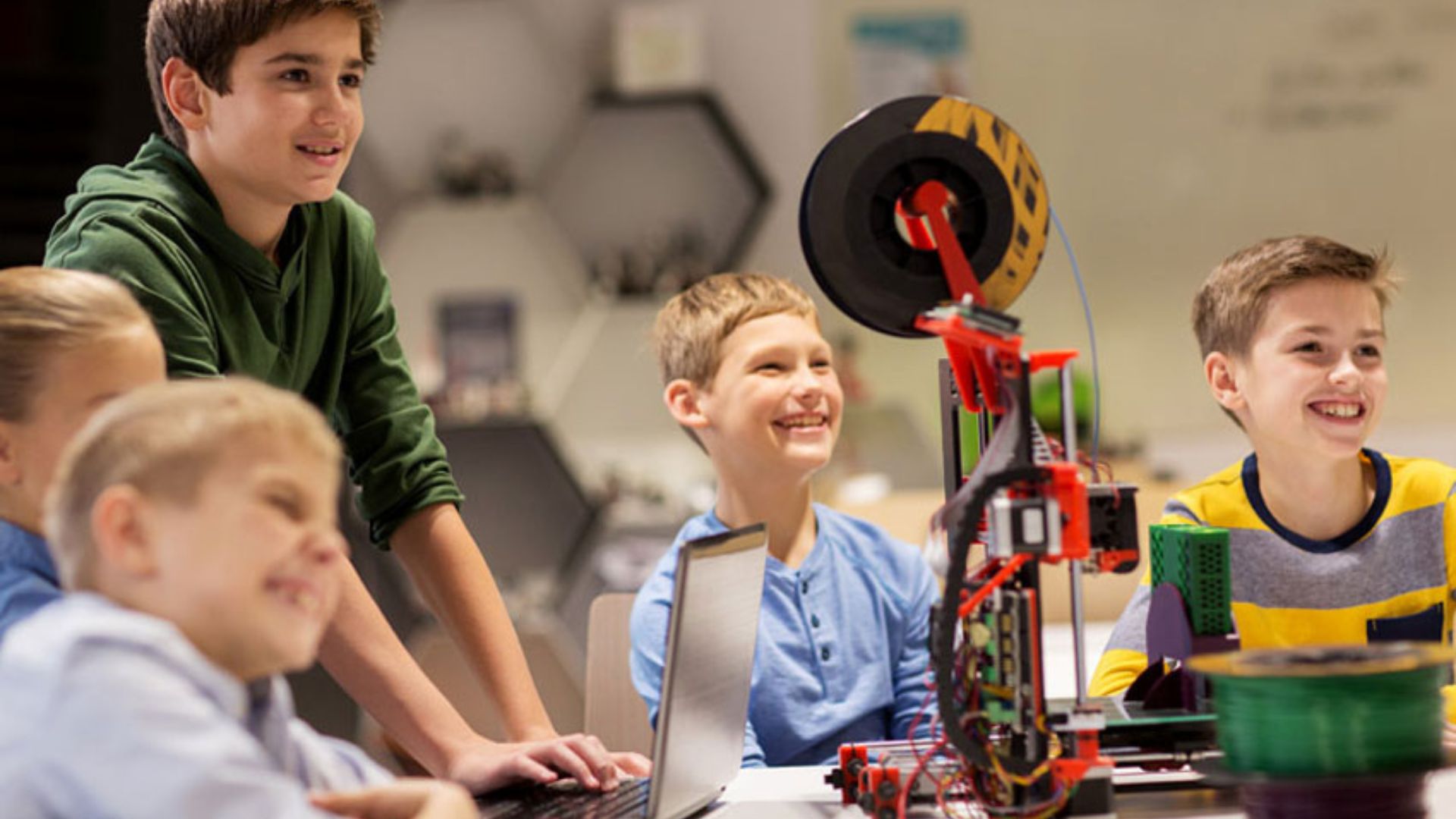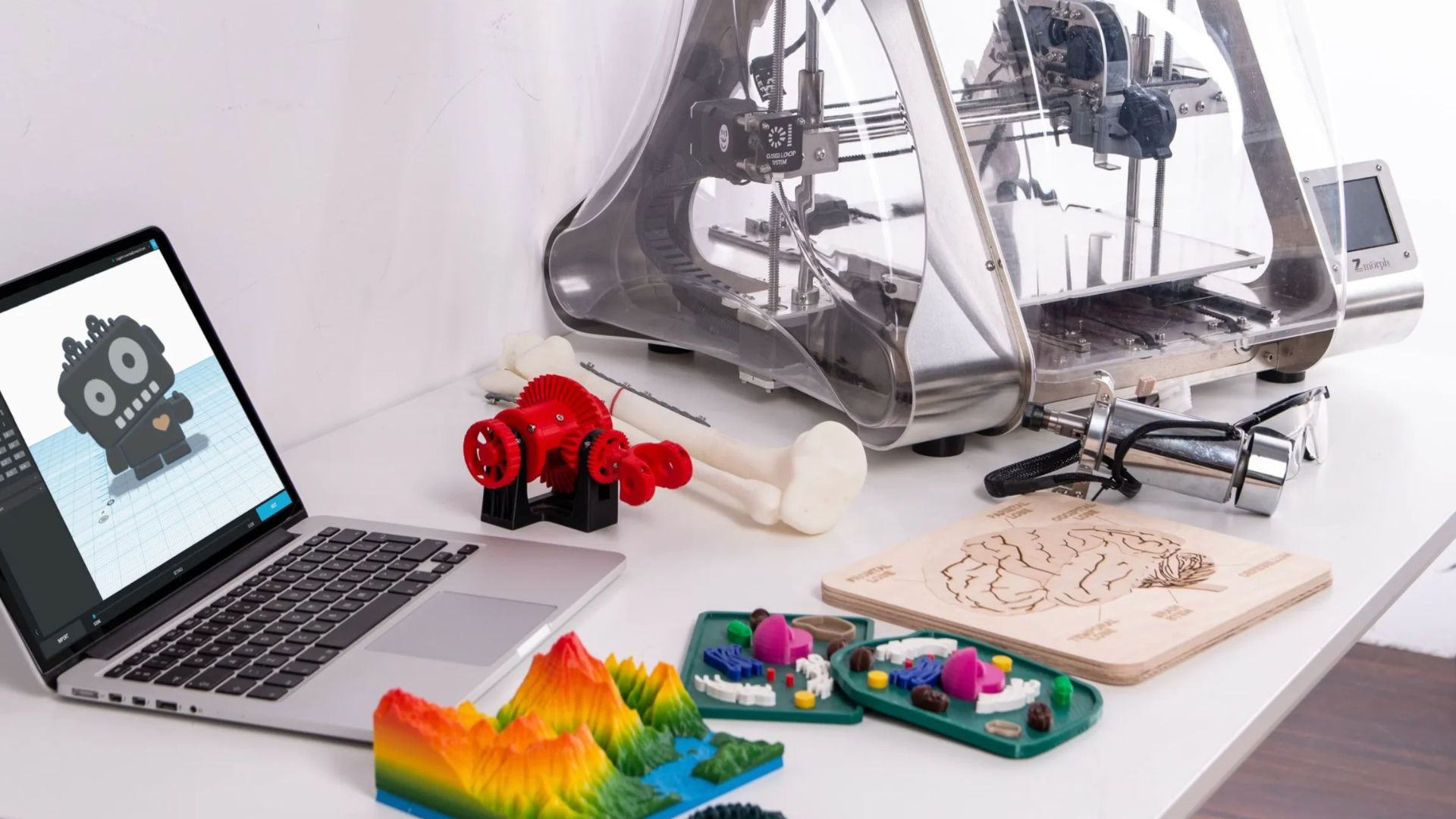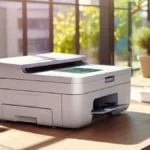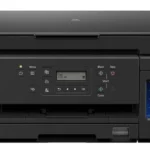Top 5 Uses of 3D Printing in Education
3D printing is rapidly becoming a transformative tool in education. By enabling students to create physical representations of ideas, it makes learning more interactive, accessible, and engaging. Whether in primary schools, universities, or specialized training environments, 3D printing enhances the learning experience across a range of subjects. Here are the top five uses of 3D printing in education:

Hands-On Learning and Visualization
One of the most powerful ways 3D printing enhances education is by making abstract concepts more tangible through hands-on learning. In subjects such as biology, geography, and engineering, 3D printing allows students to physically interact with models, deepening their understanding.
- Science and Biology: 3D printing enables students to create models of molecules, human anatomy, organs, or ecosystems. For example, students can print a model of the human heart to study its structure and function, making it easier to grasp complex biological processes.
- Geography and Earth Science: Teachers can create 3D topographic maps or geological formations to help students understand concepts like tectonic plates or erosion. Rather than simply reading about these topics, students can physically explore the models.
This hands-on approach makes learning more dynamic, allowing students to see, touch, and manipulate the subject matter in a way that enhances comprehension.
Fostering Creativity and Design Skills
3D printing offers students the chance to design and create their own models, fostering creativity and innovation. This is especially beneficial in art, engineering, and design classes, where students can visualize their ideas in real life.
- Art and Sculpture: Students can use 3D printing to design sculptures or complex art pieces, experimenting with different shapes, textures, and structures. It offers them a new medium for self-expression and experimentation.
- STEM Education: In STEM subjects, 3D printing helps students design prototypes and test them. Whether they are building a bridge or creating a mechanical device, they can quickly iterate on designs, gaining hands-on experience in problem-solving and technical design.
Prototyping and Engineering Education
In engineering and product design courses, 3D printing serves as an essential tool for rapid prototyping. Students can create functional prototypes of their designs, allowing them to test, refine, and perfect their ideas before producing a final version.
- Engineering Projects: 3D printers allow students to build working models of mechanical systems, such as gears, pulleys, or motorized structures. This hands-on experience gives students the ability to experiment and improve their designs in real time.
- Product Design: In design and architecture, students can use 3D printing to build scale models of buildings or other structures. This allows them to better visualize the proportions and functionality of their designs.
Inclusive Learning and Special Education
3D printing plays an important role in making education more inclusive for students with disabilities. Custom-designed learning aids and assistive tools can be created to meet the specific needs of students, helping them overcome challenges and access learning materials more easily.
- Tactile Learning Tools: 3D printers can create tactile learning materials, such as Braille books or 3D maps, for visually impaired students. This enables them to engage with educational content in a meaningful way.
- Customized Assistive Devices: Students with physical disabilities can benefit from 3D-printed tools designed to assist with tasks like writing, drawing, or even manipulating classroom objects. These custom devices help students perform tasks more comfortably and independently.
Conclusion
3D printing is reshaping the landscape of education by providing hands-on learning opportunities, fostering creativity, and making education more accessible for all students. From improving the visualization of complex concepts to enabling prototyping in engineering, the uses of 3D printing in education are vast and growing. As schools and universities continue to adopt 3D printing technology, students will gain invaluable skills in innovation, design, and teamwork—preparing them for success in a variety of fields. Whether you’re a student, teacher, or administrator, incorporating 3D printing into education can offer endless possibilities for enhancing learning experiences.



